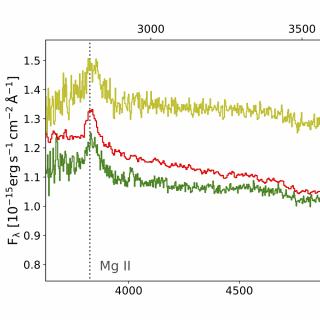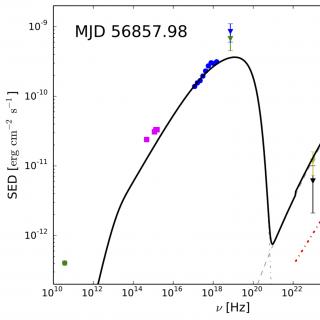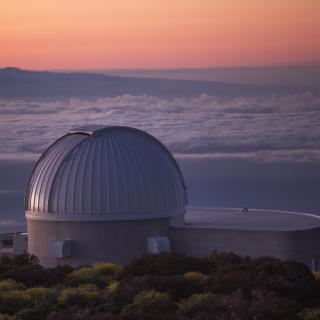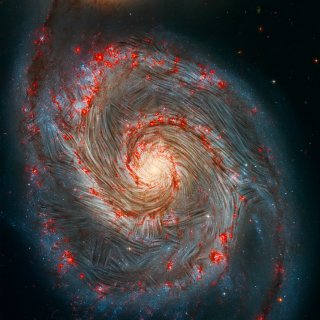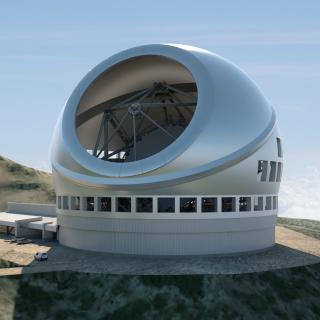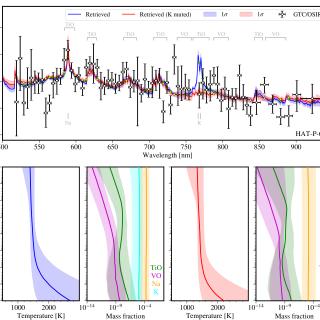
We present the low-resolution transmission spectra of the puffy hot Jupiter HAT-P-65b (0.53 MJup, 1.89 RJup, Teq = 1930 K), based on two transits observed using the OSIRIS spectrograph on the 10.4 m Gran Telescopio CANARIAS. The transmission spectra of the two nights are consistent, covering the wavelength range 517–938 nm and consisting of mostly 5 nm spectral bins. We perform equilibrium-chemistry spectral retrieval analyses on the jointly fitted transmission spectrum and obtain an equilibrium temperature of 1645 (-244+255) K and a cloud coverage of 36 (-17+23) %, revealing a relatively
Advertised on
